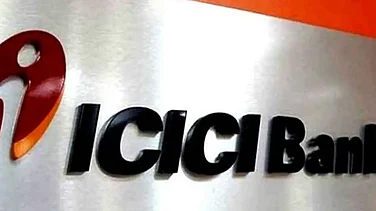Putting an end to all speculations, the Reserve Bank of India (RBI) on August 7, 2019, in its third bi-monthly monetary policy meeting for FY20 has slashed the repo rate by 35 basis points (bps). And with this fourth rate cut in a row, the repo rate has come down to 5.40%. This is not a common occurrence. In the last 20 years, only twice has the repo rate gone down below 6%. So far, the RBI in four consecutive rate cuts has slashed the repo rate by 110 bps.
And similarly the reverse repo rate has also been slashed to 5.15% and marginal standing facility rate to 5.65%. Reverse repo rate is the rate at which RBI borrows money from commercial banks. Whereas marginal facility standing rate is the rate at which banks borrow from the RBI in an emergency situation when inter-bank liquidity dries up.
Advertisement
After this rate cut by the RBI, loan and EMIs are also expected to come down.
All members of the MPC unanimously voted to reduce the repo rate and to maintain the accommodative stance of monetary policy. Four members, Dr. Ravindra H. Dholakia, Dr. Michael Debabrata Patra, Bibhu Prasad Kanungo and Shaktikanta Das voted to reduce the policy repo rate by 35 basis points, while two members, Dr. Chetan Ghate and Dr. Pami Dua voted to reduce the policy repo rate by 25 basis points. The RBI also lowered the GDP growth rate for 2019-20 to 6.9%, as compared to the earlier estimate of 7%.
Advertisement
Throwing light on the 50 bps expected rate cut RBI Governor Shaktikanta Das said that according to MPC, the standard 25 bps rate cut would have been inadequate in view of the evolving local and global macroeconomic developments and a 50 bps rate cut would have been excessive, thus 35 bps was viewed as balanced level of cut.
However, the RBI has kept its policy stance unchanged at ‘accomodative.’ In the last monetary policy committee meeting, the RBI changed its policy stance from ‘neutral’ to ‘accommodative’ signalling that it can go for further rate cuts.
Last time the RBI made so many back-to-back rate cuts was after the global financial crisis, when most central banks were desperate to revive the economic growth.
But many experts are of the opinion that a rate cut by itself will not solve sectoral issues since automobile, real estate and banking sectors are reeling under huge distress.
Ever since the budget, Finance Minister Nirmala Sitharaman has mounted substantial pressure on the six-member monetary policy committee for a significant rate cut to pull out the economy from a five-year low growth rate.
This rate cut by the RBI is delivered in the backdrop of unprecedented economic slowdown, with unabated foreign fund outflow, growth of eight core industries decelerating to a four year low of just 0.2% in June 2018 from a robust 7.8% in June 2018 and capital spending coming down significantly. According to the Center For Monitoring Indian Economy (CMIE), capital spending on new projects was 0.69 trillion rupees ($9.8) billion in June, which came down from a whopping 2.44 trillion rupees in March and 2.51 trillion rupees in December quarter.
Advertisement
However, keeping in mind the dim global outlook, uncertainty and turbulence in the financial and currency market, the US Federal Reserve also cut interest rates on July 31, 2019, for the first time since 2008 from 2.25 to 2%.
The next meeting of the MPC is scheduled on October 1, 3 and 4, 2019.















 Just one email a week
Just one email a week